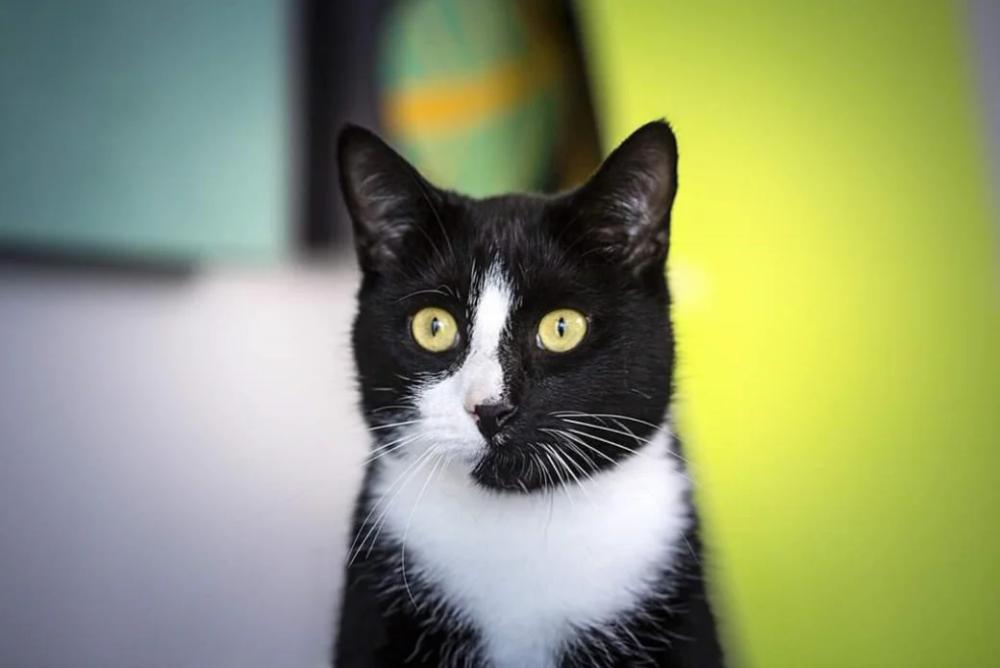Learn how to manage feline diabetes with the right treatment plan. Explore insulin therapy, diet adjustments, and tips for keeping your cat healthy and happy.
31 March 2025
Feline diabetes is a common condition in cats, particularly in overweight or older felines. It occurs when the body cannot produce or properly use insulin, leading to high blood sugar levels. While feline diabetes requires lifelong management, early detection and appropriate treatment can help your cat lead a healthy life.
Symptoms of Feline Diabetes
Recognizing the signs of diabetes in cats is crucial for early intervention. Common symptoms include:
- Increased thirst and frequent urination
- Unexplained weight loss despite a good appetite
- Lethargy and reduced activity levels
- Poor coat condition
- Increased infections, particularly urinary tract infections
If you notice these symptoms, consult a veterinarian as soon as possible for diagnosis and treatment.
Treatment Options for Feline Diabetes
Managing feline diabetes involves a combination of insulin therapy, dietary adjustments, and regular monitoring.
1. Insulin Therapy
Most diabetic cats require daily insulin injections to regulate their blood sugar levels. Commonly prescribed types of insulin include:
- Glargine (Lantus) – A long-acting insulin that helps stabilize blood sugar levels.
- PZI (Protamine Zinc Insulin) – A veterinary insulin formulated specifically for cats.
- Detemir or NPH Insulin – Used in some cases but may require more frequent dosing.
Administering insulin may seem daunting at first, but most cat owners quickly adapt with proper guidance from their vet.
2. Dietary Management
A controlled diet plays a crucial role in diabetes management. Ideal cat food for diabetic felines should:
- Be high in protein and low in carbohydrates.
- Include wet food over dry kibble to maintain hydration and reduce carbohydrate intake.
- Maintain portion control to help regulate weight and prevent obesity.
Some prescription diets specifically designed for diabetic cats include Hill’s Prescription Diet m/d and Royal Canin Glycobalance.
3. Regular Monitoring
Monitoring blood glucose levels at home can help track progress and adjust insulin doses as needed. Options for monitoring include:
- Blood glucose meters – Similar to those used in humans, requiring a small blood sample.
- Continuous glucose monitoring systems (CGMs) – Provide real-time readings with fewer needle pricks.
- Urine glucose testing strips – A less precise but useful tool for tracking trends.
Regular vet check-ups are also necessary to ensure proper diabetes management and prevent complications.
Feline Diabetes Treatment Cost
The cost of treating feline diabetes varies based on the severity of the condition, required medications, and monitoring methods. Estimated costs include:
- Initial diagnosis: $100 – $300 (includes blood tests, urinalysis, and vet consultation)
- Insulin therapy: $50 – $150 per month, depending on the type of insulin
- Syringes or insulin pens: $10 – $30 per month
- Prescription food: $40 – $80 per month
- Glucose monitoring: $50 – $150 for a glucose meter; test strips cost extra
- Routine vet visits: $200 – $500 per year for check-ups and blood tests
While these costs can add up, pet insurance may cover some expenses, and financial assistance programs are available for pet owners in need.
Long-Term Management and Prevention
With proper treatment, many diabetic cats live long and happy lives. To help manage the condition:
- Stick to a consistent feeding and insulin schedule.
- Keep your cat at a healthy weight.
- Regularly monitor blood sugar levels.
- Attend routine vet visits for diabetes assessments.
Conclusion
Feline diabetes is a manageable condition with the right approach. By combining insulin therapy, a proper diet, and consistent monitoring, you can improve your cat’s quality of life and reduce the risk of complications. If you suspect your cat has diabetes, consult a veterinarian for a tailored treatment plan and financial considerations.



